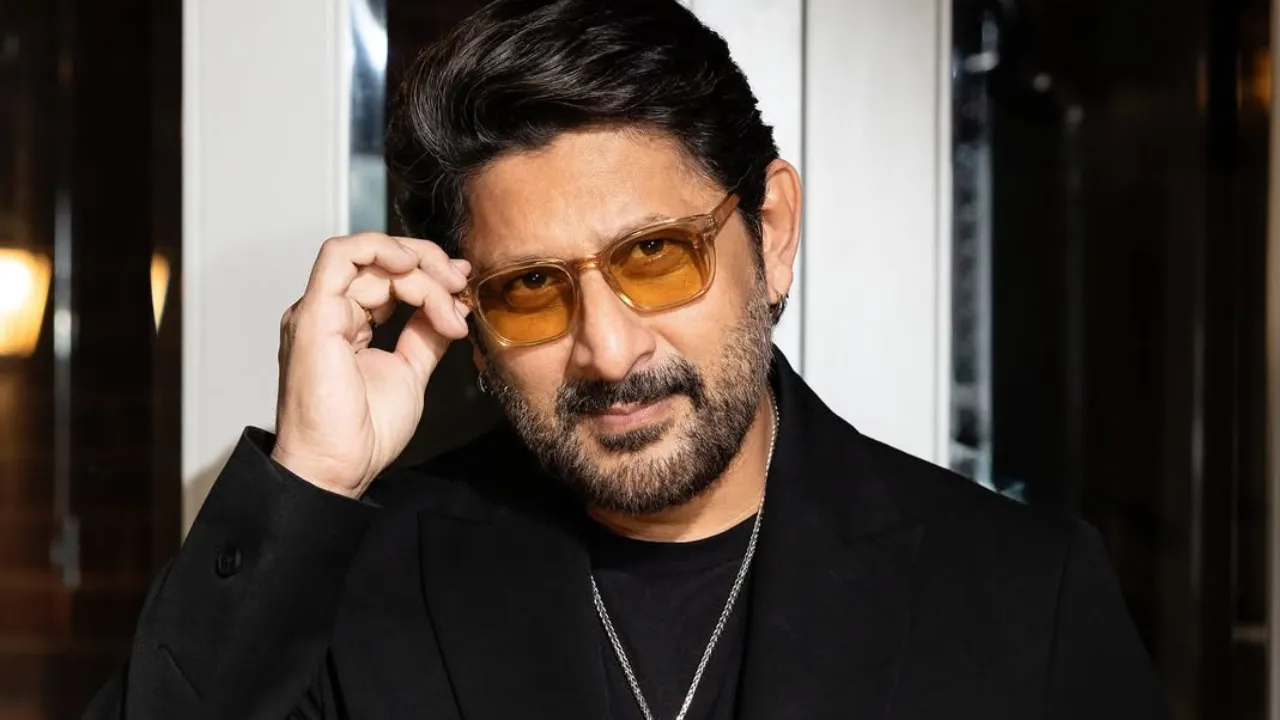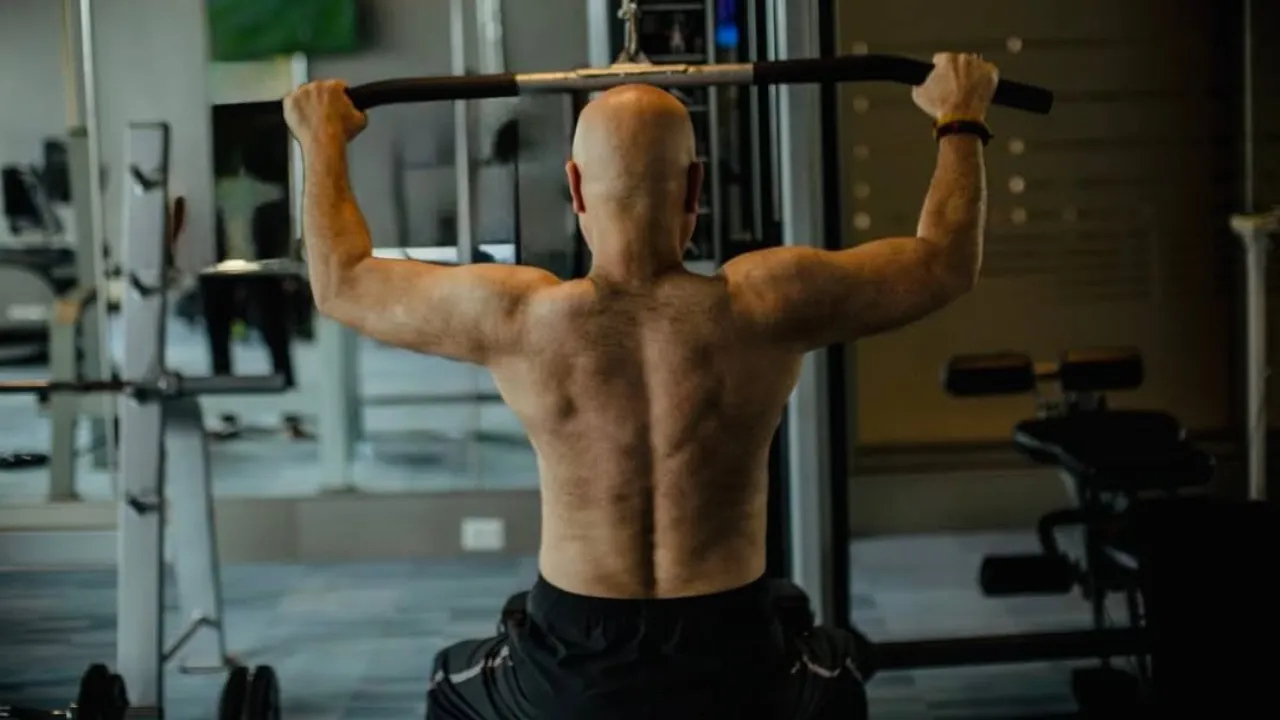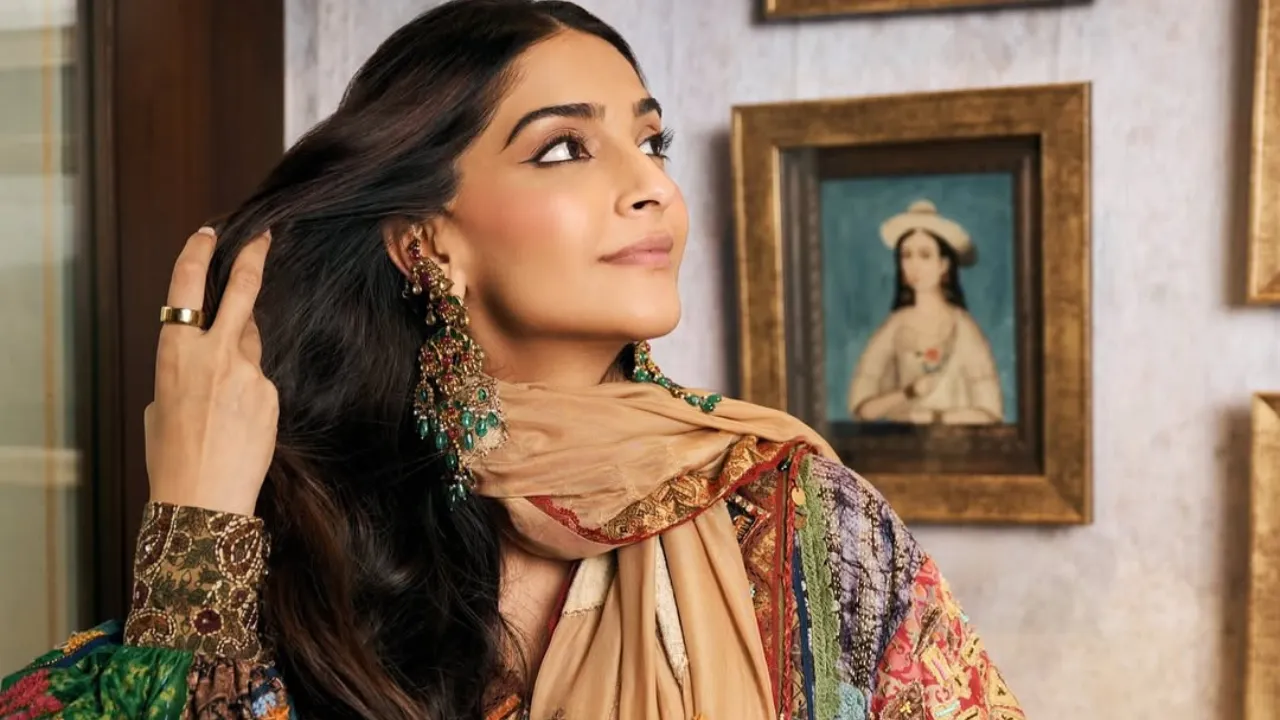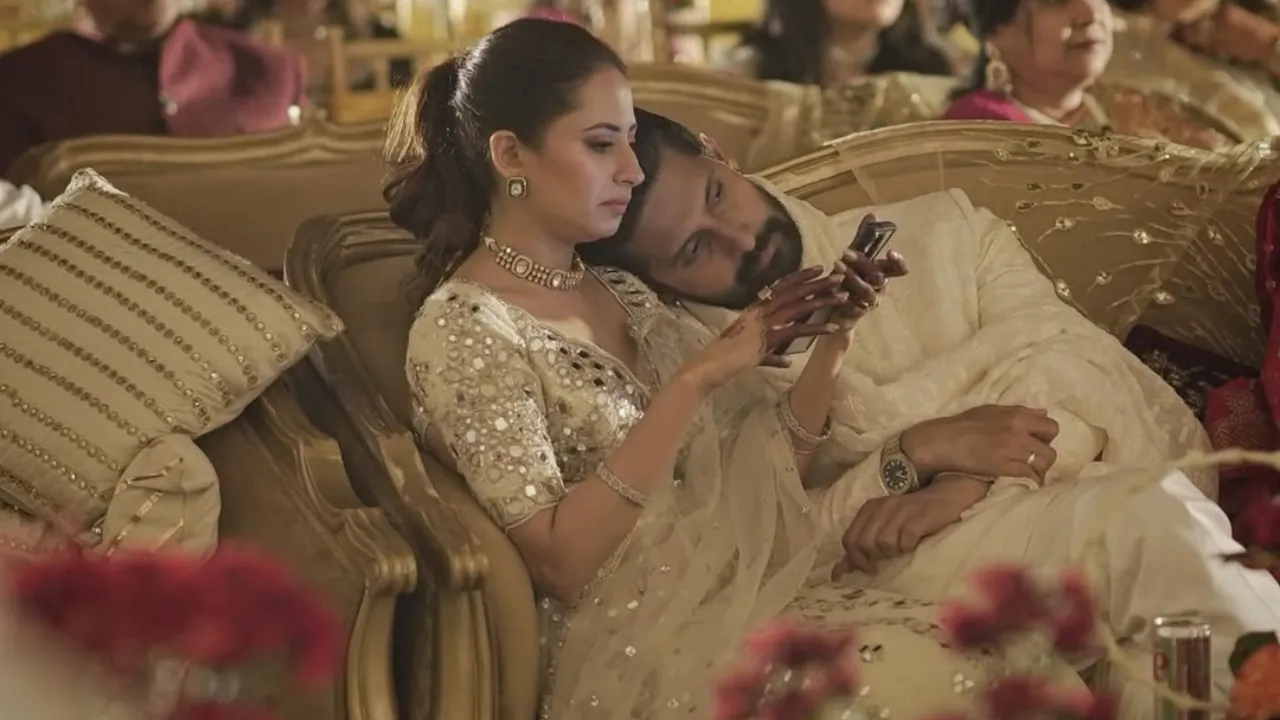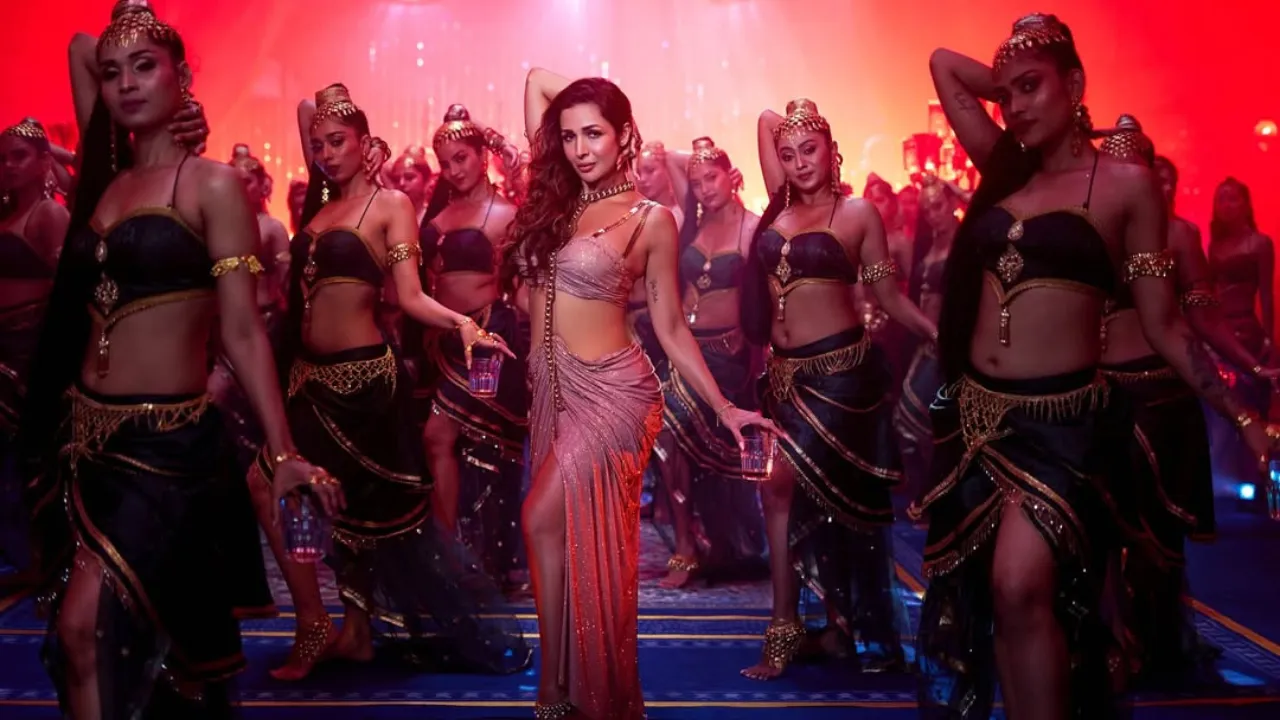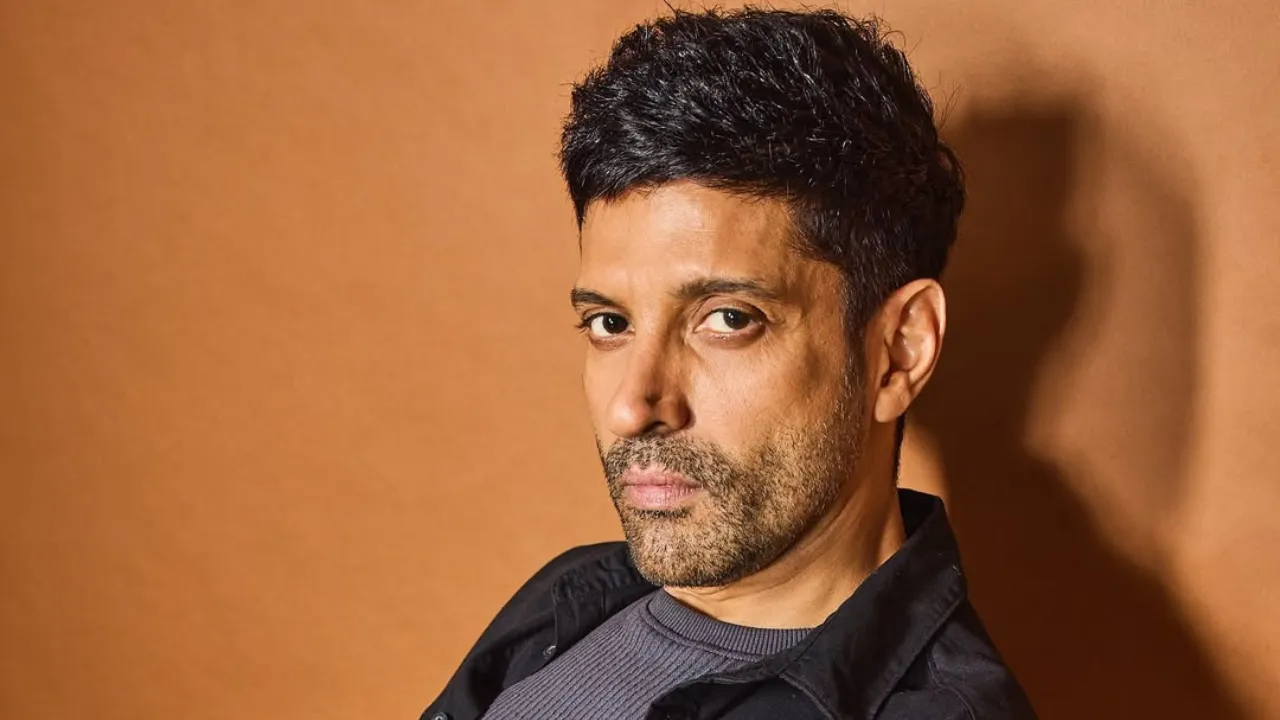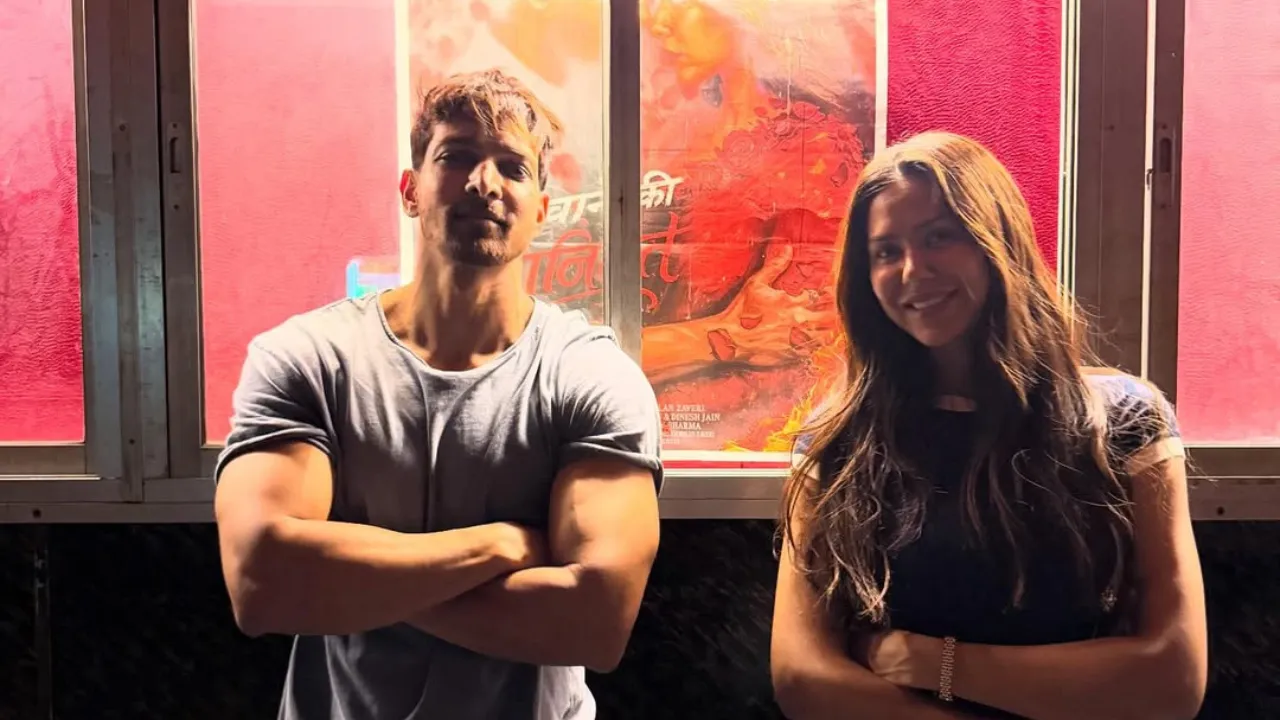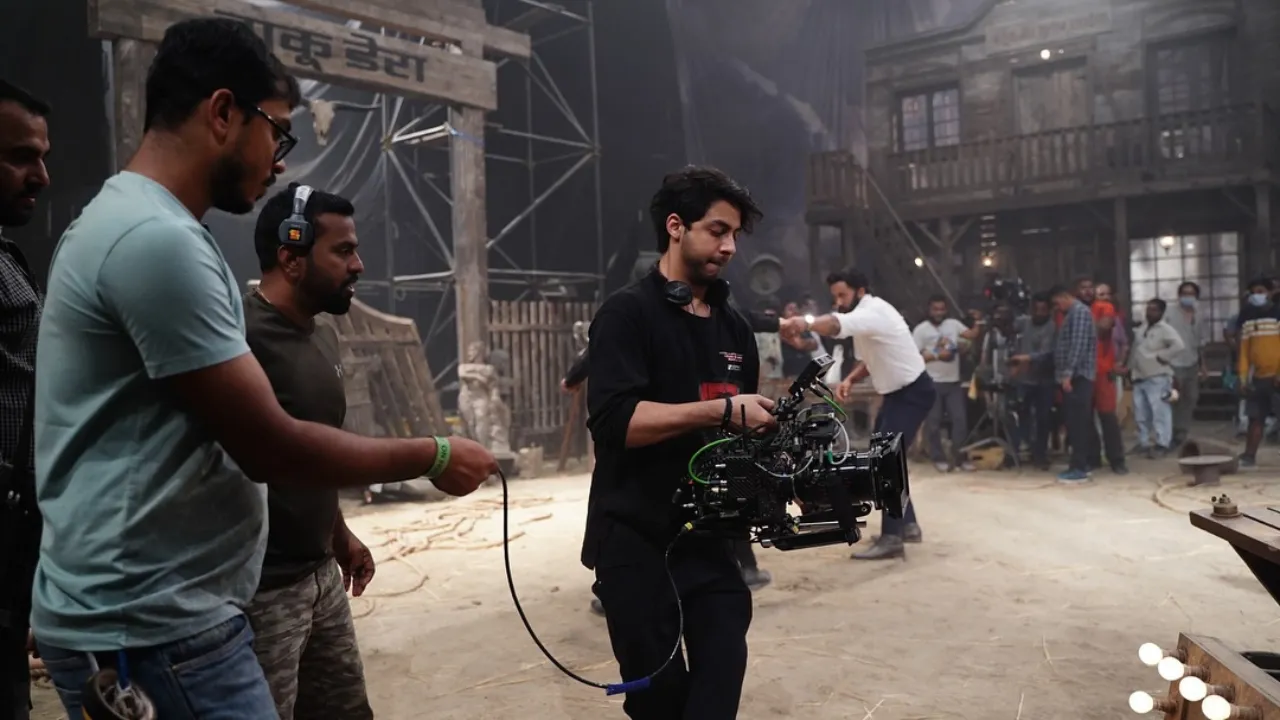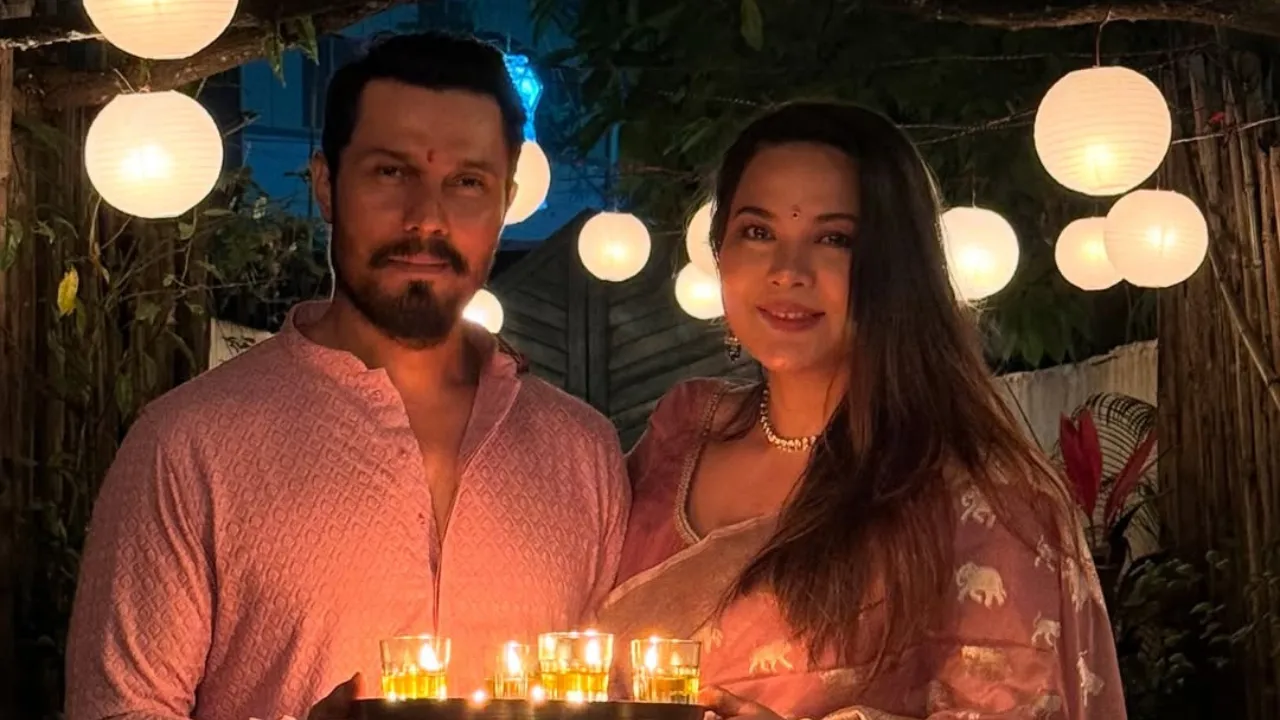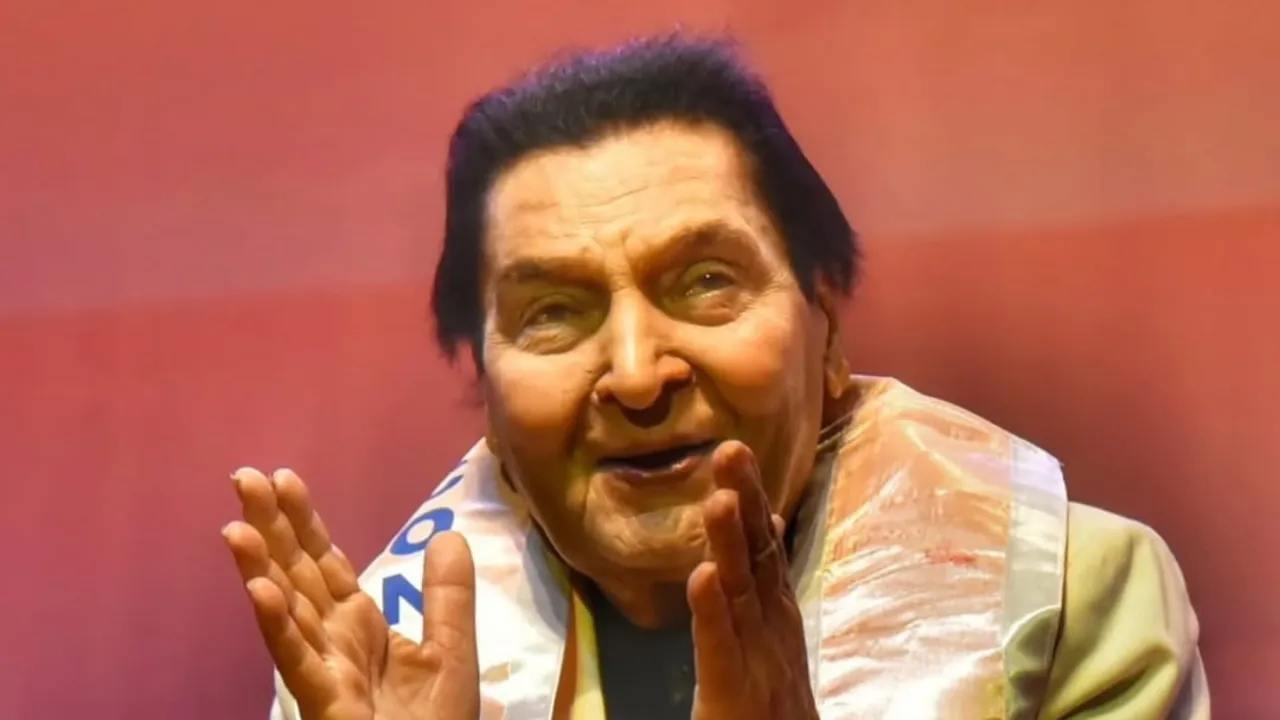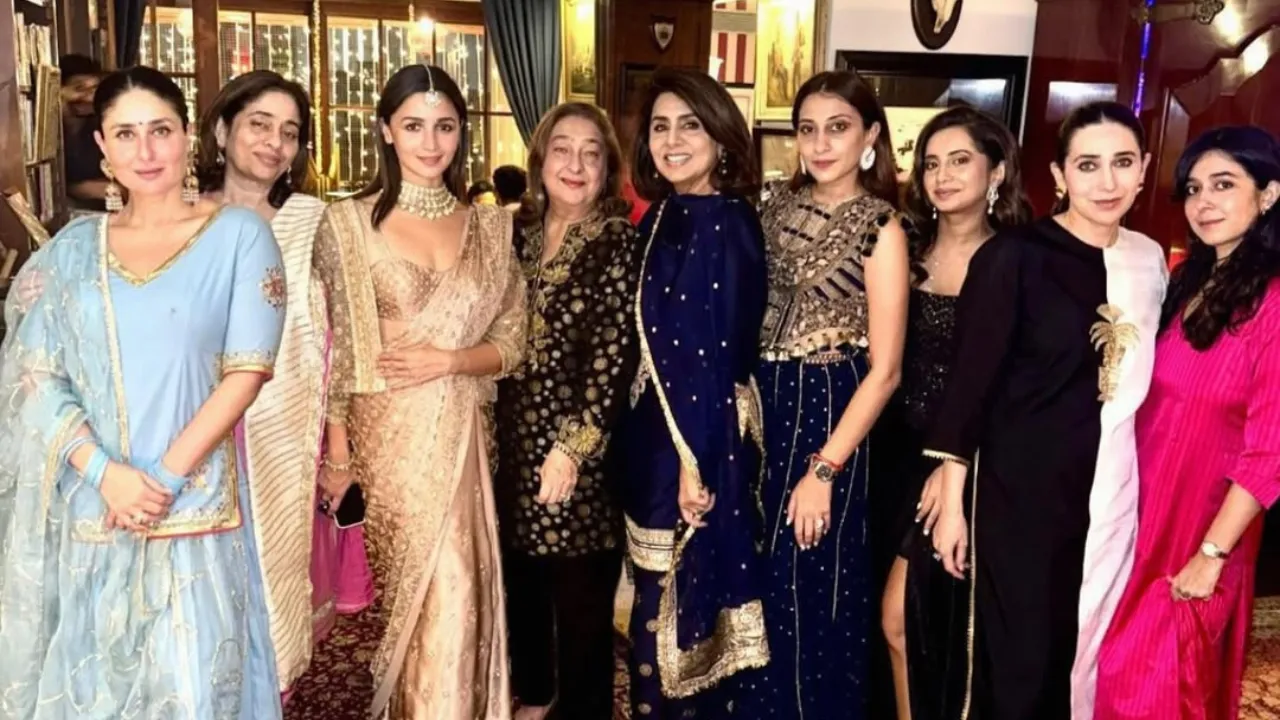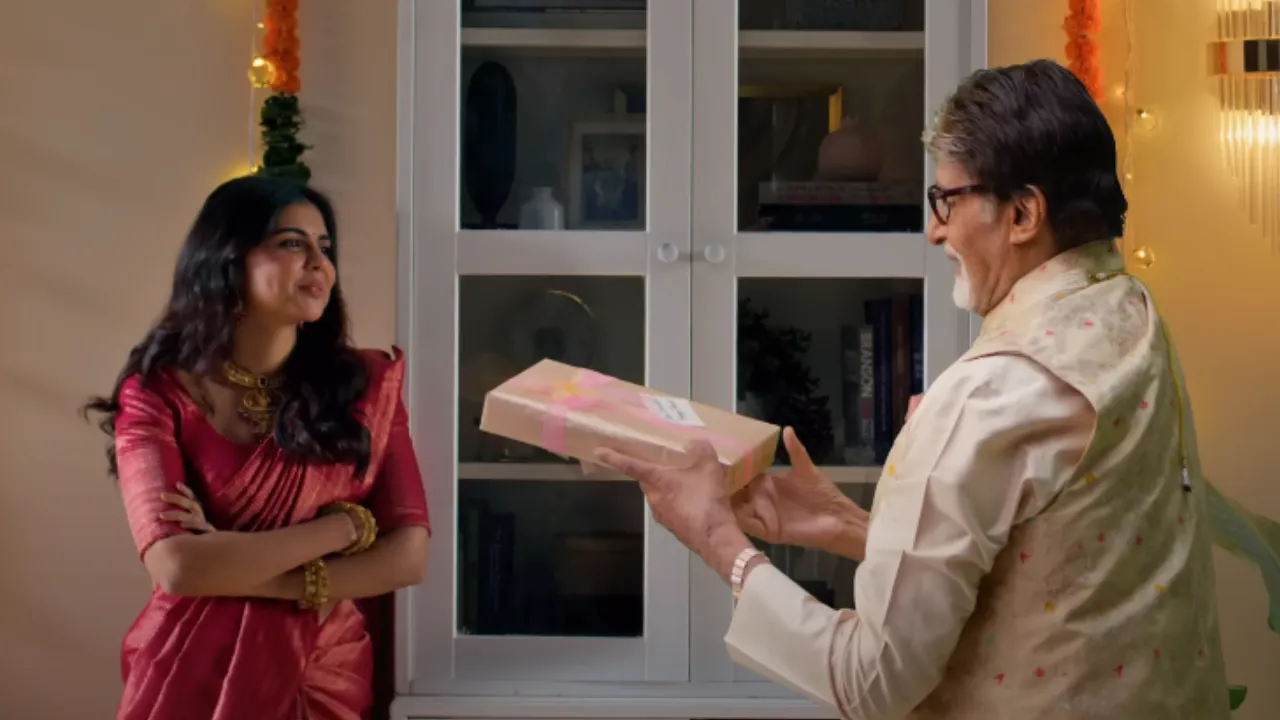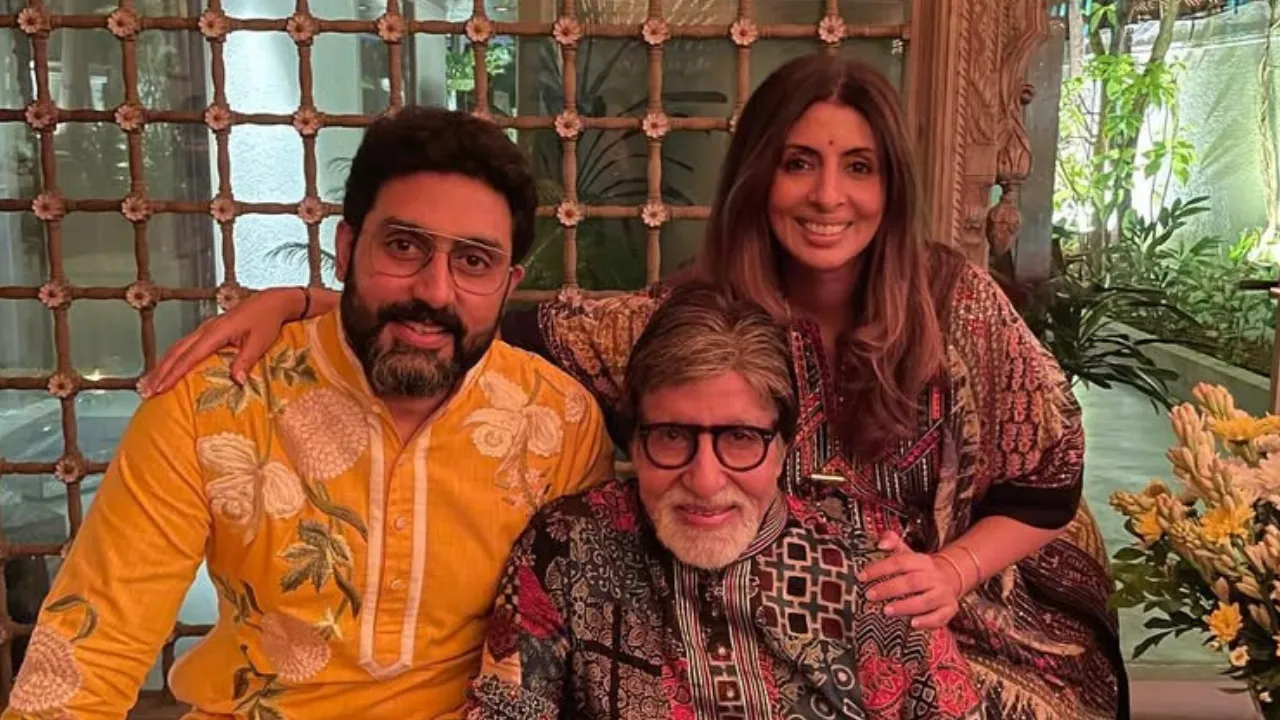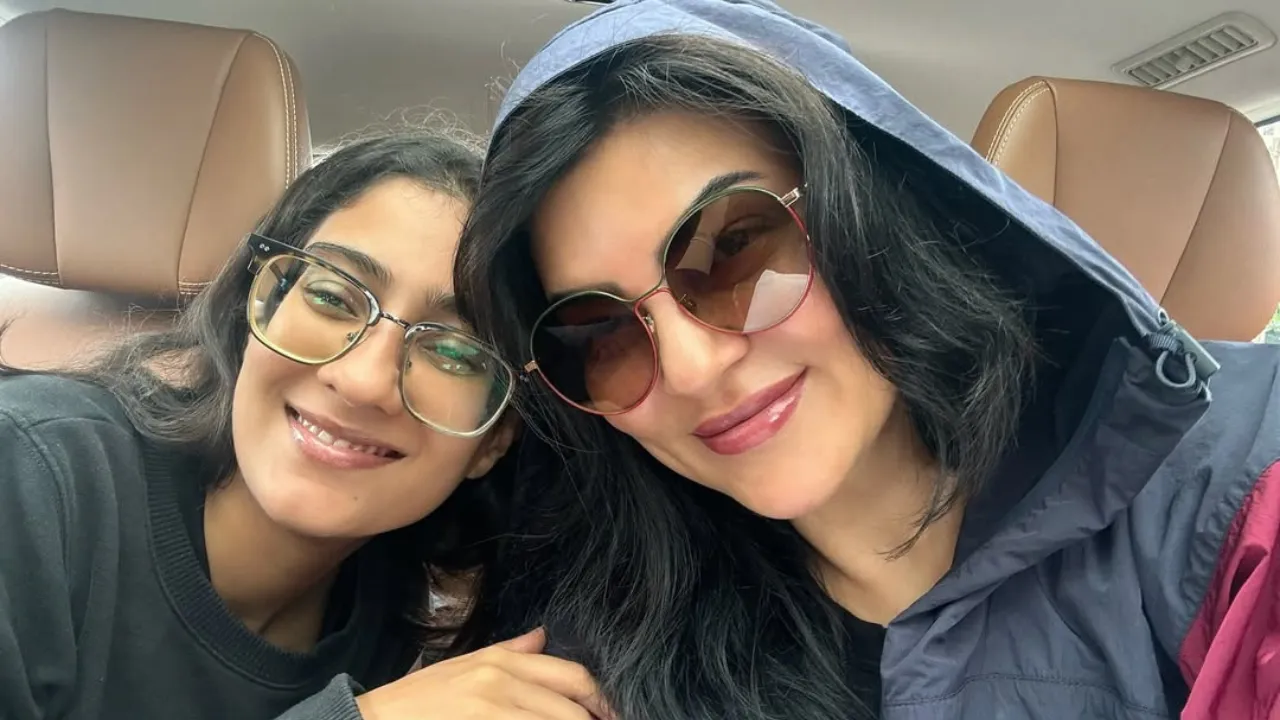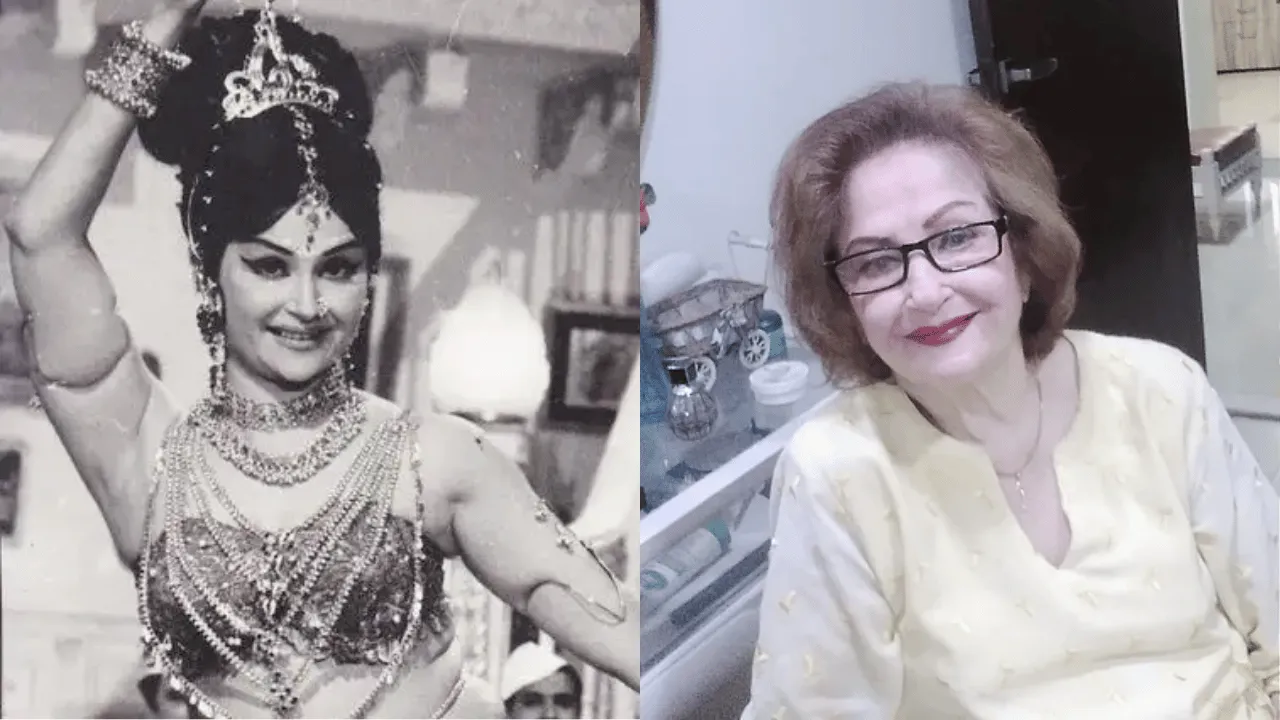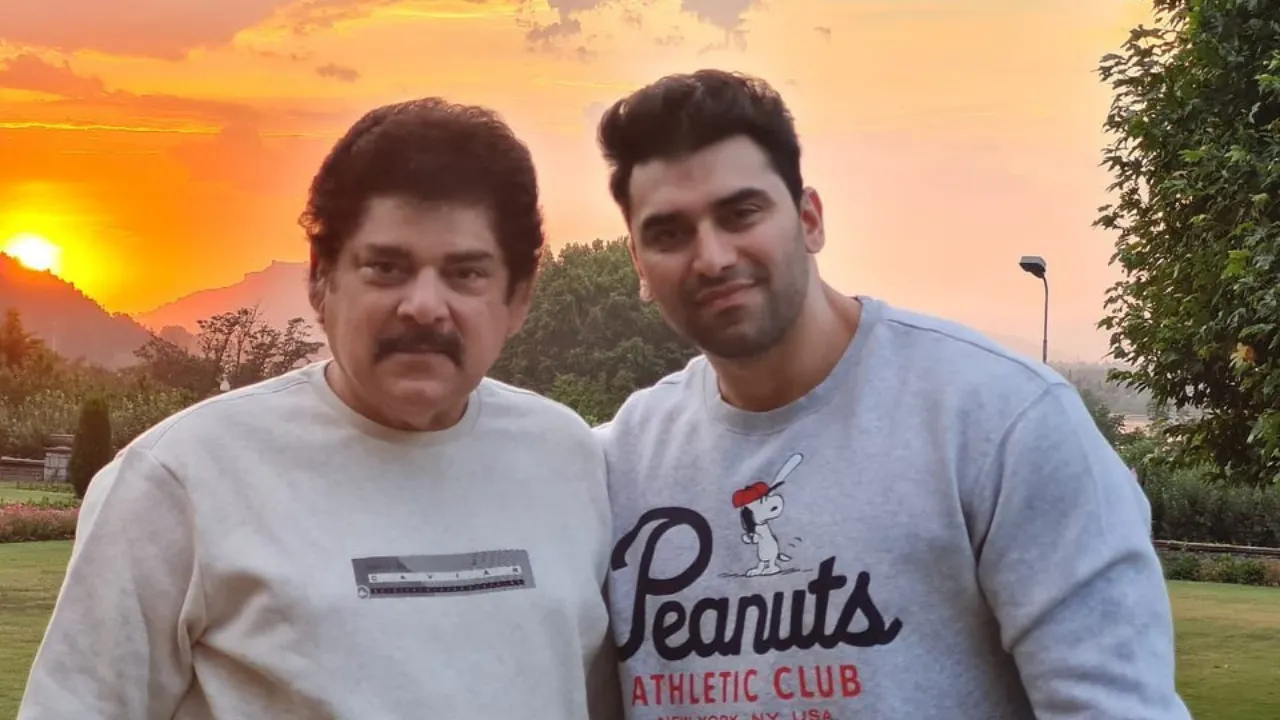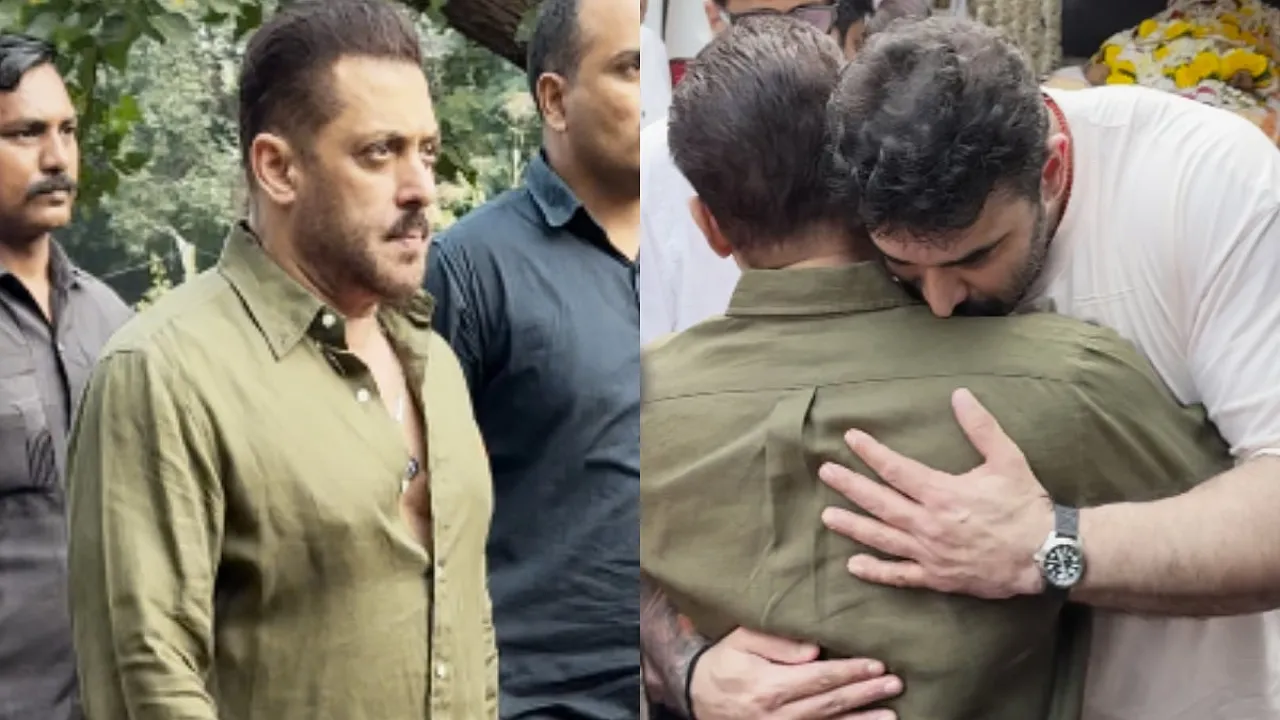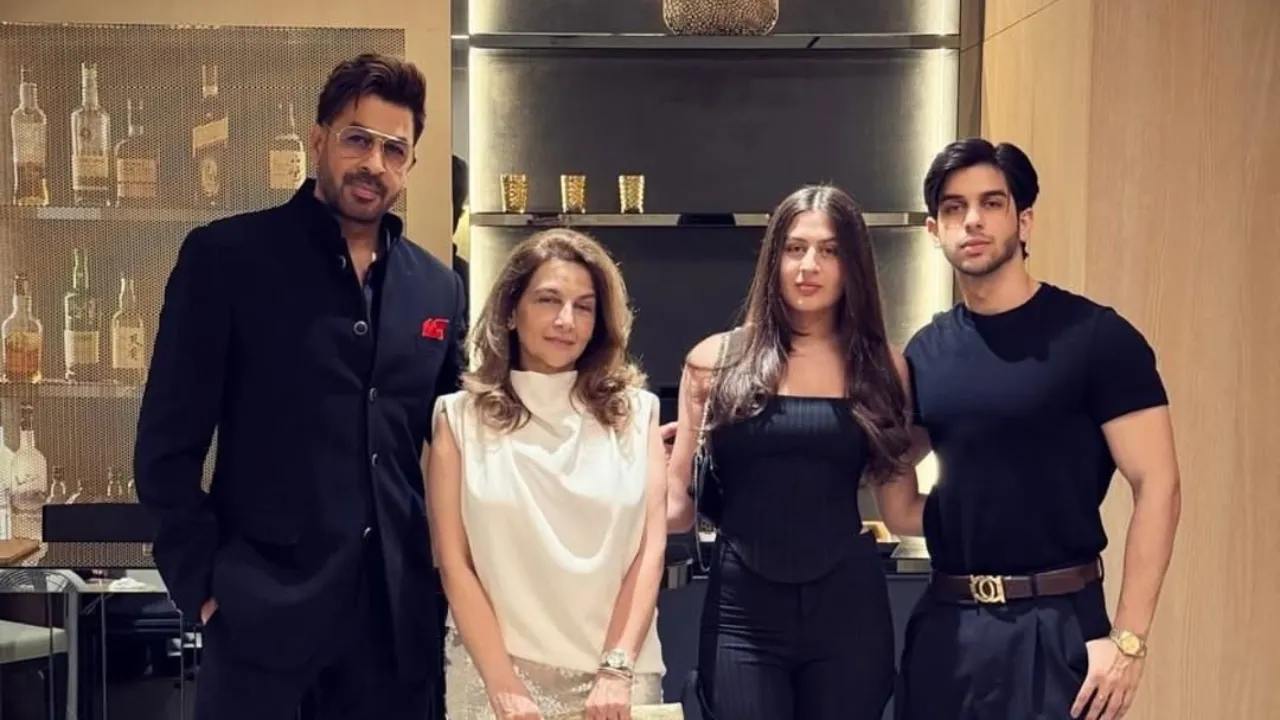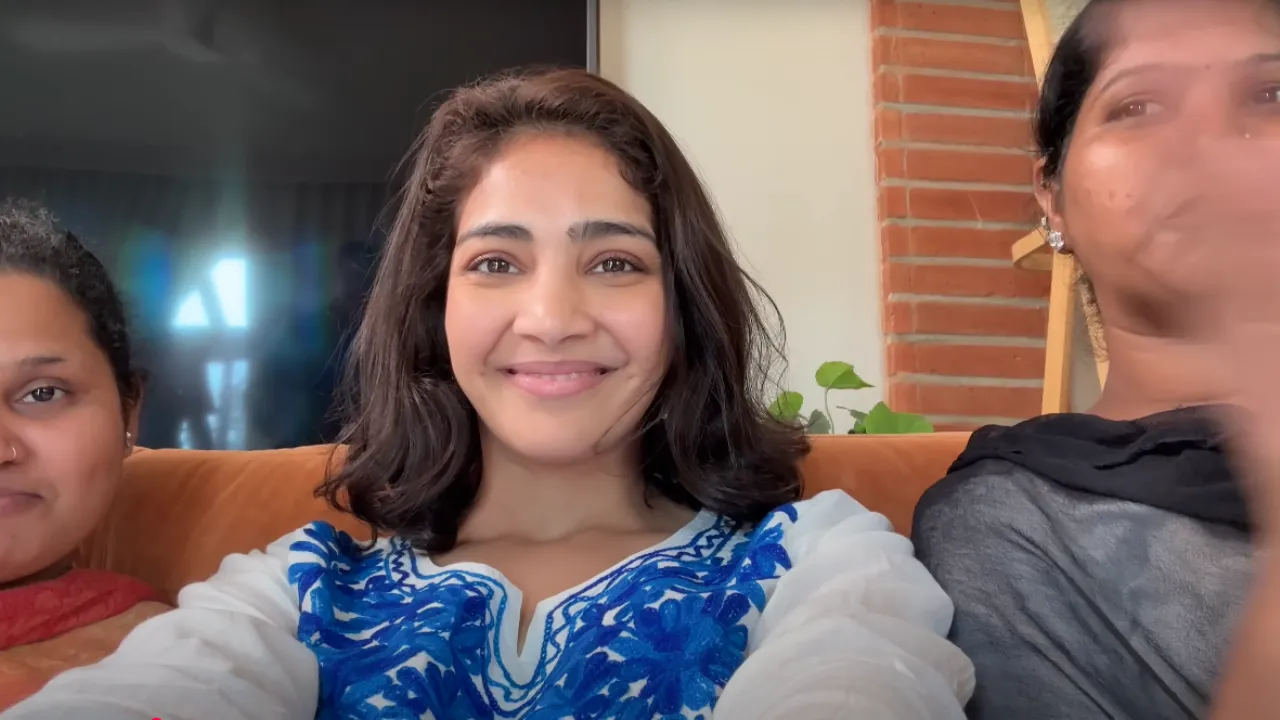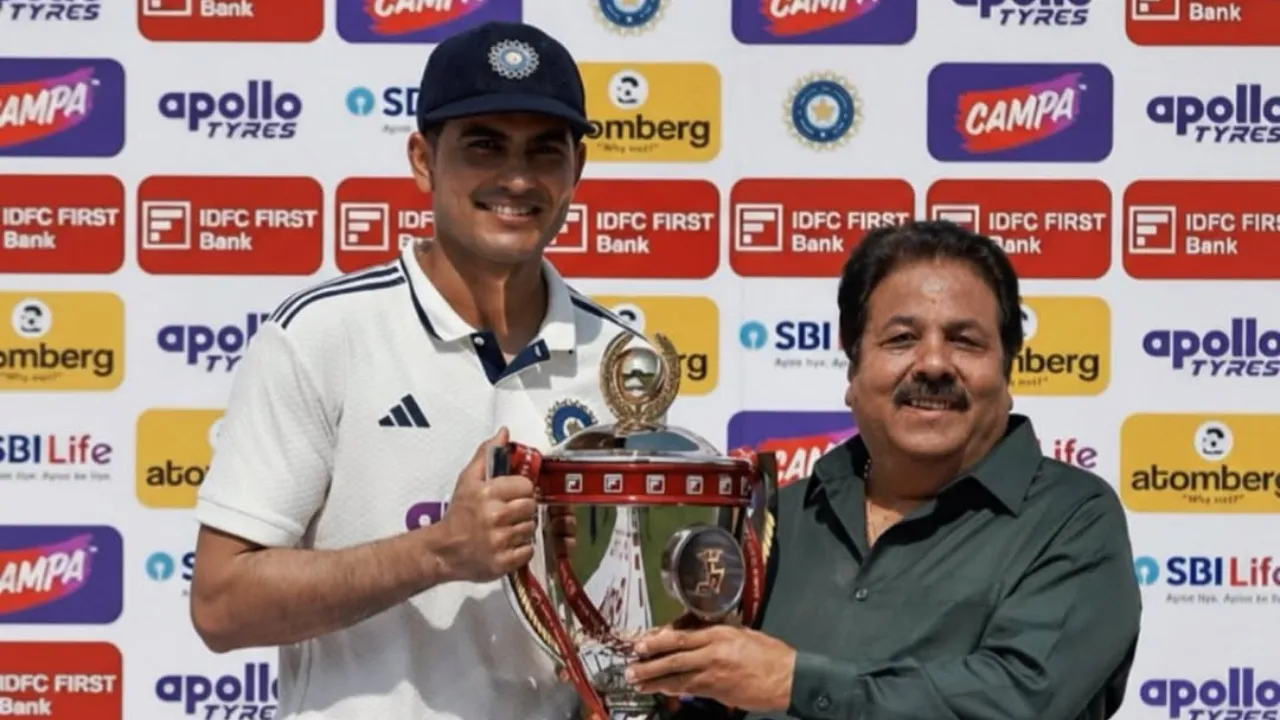Aishwarya Rai declined Hollywood roles due to scheduling: report
Aishwarya Rai is a name that still carries global pull — on red carpets, at film festivals, and in conversations about missed Hollywood moments. Recent reports say the Bollywood star turned down several major Hollywood offers over the years, and the main reason often boiled down to scheduling and creative comfort. This article breaks down what’s been reported, what Aishwarya has said herself, and what it tells us about choices actors make when balancing global opportunities with commitments at home.
Why Aishwarya Rai’s Hollywood “what-ifs” keep coming up
Over the years, several outlets have revisited stories about Aishwarya Rai being offered parts in big Hollywood projects but not taking them. The titles most often mentioned include Troy, Mr. & Mrs. Smith and Hancock — films that later became mainstream hits with other stars. Media coverage points to two consistent themes: long overseas schedules that would have meant being “locked off” for months, and scenes the actress was uncomfortable doing. These explanations have been repeated in interviews and in retrospective pieces.
What “locked off” schedules mean — and why they matter
When big Hollywood productions are greenlit, they often require actors to be available for long, contiguous shooting blocks. Aishwarya has explained in past interviews that a role in Troy would have demanded a six- to nine-month commitment abroad. For an actor already committed to multiple projects in India, giving up that time — especially for a role that might be small in screen time — isn’t a simple choice. She’s said that this scheduling style, plus the insurance and production constraints in the West, made it hard to accept such offers.
Which films are we talking about — and what happened next?
Troy
Aishwarya was reportedly approached for the role of Briseis in Troy, the 2004 epic starring Brad Pitt. She later said the time commitment (reports say 6–9 months) and the fact that her part might not justify that absence from India influenced her decision. The role eventually went to another actress, and Troy went on to be a major international release.
Mr. & Mrs. Smith and Hancock
Several articles over the years have suggested that Aishwarya was eyed for roles in Mr. & Mrs. Smith and the Will Smith starrer Hancock. Many reports combine two reasons for her opting out: firstly, schedule conflicts; secondly, discomfort with intimate scenes that those films required. For example, reports have said she declined Hancock because she wasn’t comfortable with on-screen kissing, and she was reportedly hesitant about the intimate scenes in Mr. & Mrs. Smith. These claims have circulated widely in the entertainment press.
What Aishwarya has actually said (her own words)
It’s important to separate rumor from direct quotes. When asked about Troy in past interviews, Aishwarya spoke candidly about the production realities: large international projects often require being “locked off” and that felt risky for someone with ongoing commitments at home. She framed it practically — not as a rejection of Western cinema itself, but as a scheduling and career-logic choice. That comment is one of the clearest, most reliable pieces of firsthand context on these stories.
Why these stories stick — more than just gossip
There are a few reasons the “Aishwarya said no” stories recur:
- Star power vs. trade-offs. Aishwarya’s global visibility (Cannes regular, international endorsements, English-language films like Bride and Prejudice) makes any Hollywood link plausible and newsworthy.
- Cultural considerations. Reports about discomfort with intimate scenes resonate because they highlight how personal values, professional image, and cultural expectations influence career choices.
- Nostalgia for missed pairings. Fans love imagining cross-border star duos — Brad Pitt or Will Smith opposite Aishwarya — so the stories get amplified in tabloids and retrospectives.
The most recent context: Aishwarya Rai’s global presence in 2024–25
Far from retreating from the global stage, Aishwarya has continued to be a visible international figure. Her Cannes appearances remain headline makers — her 2025 red-carpet looks were widely covered and celebrated. That continued presence shows she didn’t need Hollywood studio-led starring roles to sustain an international profile; festival appearances, selective international films, and brand partnerships have kept her global standing intact.
What this pattern says about career strategy for global stars
If you step back, the Aishwarya Rai examples teach a few general lessons about being a cross-border star:
- Time is a currency. Blocking out six to nine months for one project can mean missing multiple domestic opportunities or personal life events. Actors weigh that carefully.
- Role size matters. Taking a long absence for a small role is rarely strategic unless the part dramatically boosts prestige or long-term visibility.
- Image and comfort matter. Cultural comfort (intimacy on screen, type of role) plays into brand management — especially for stars with carefully curated public images.
- Festival presence is an alternative path. You can maintain international relevance via festivals, selective co-productions, and endorsements without joining studio tentpoles.
Final takeaway: Not a closed door, but a considered choice
Reports that “Aishwarya Rai declined Hollywood roles due to scheduling” capture an important truth: many of these stories aren’t simple rejections of Hollywood, but choices shaped by logistics and professional priorities. Aishwarya’s own comments about long “lock-off” schedules give a clear, pragmatic explanation for why some offers didn’t fit.
That doesn’t erase the “what ifs” — fans will always wonder what might have happened if schedules aligned or scripts changed. But the bigger story is one of agency: a major international star making strategic decisions about time, image, and the kind of work she wants to commit to.
Also Read: Who Is Jack Edwards? Meet Australia’s New All-Rounder!

